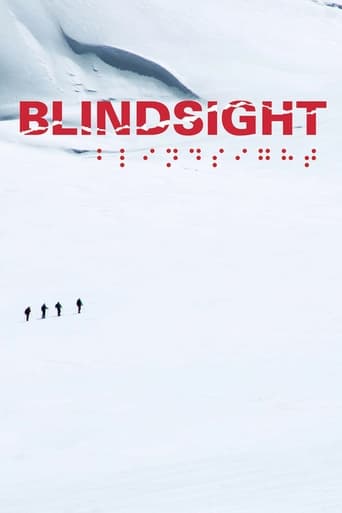
11 Sep 2006

Blindsight
Six blind Tibetan teenagers climb the Lhakpa-Ri peak of Mount Everest, led by seven-summit blind mountain-climber Erik Weihenmayer.
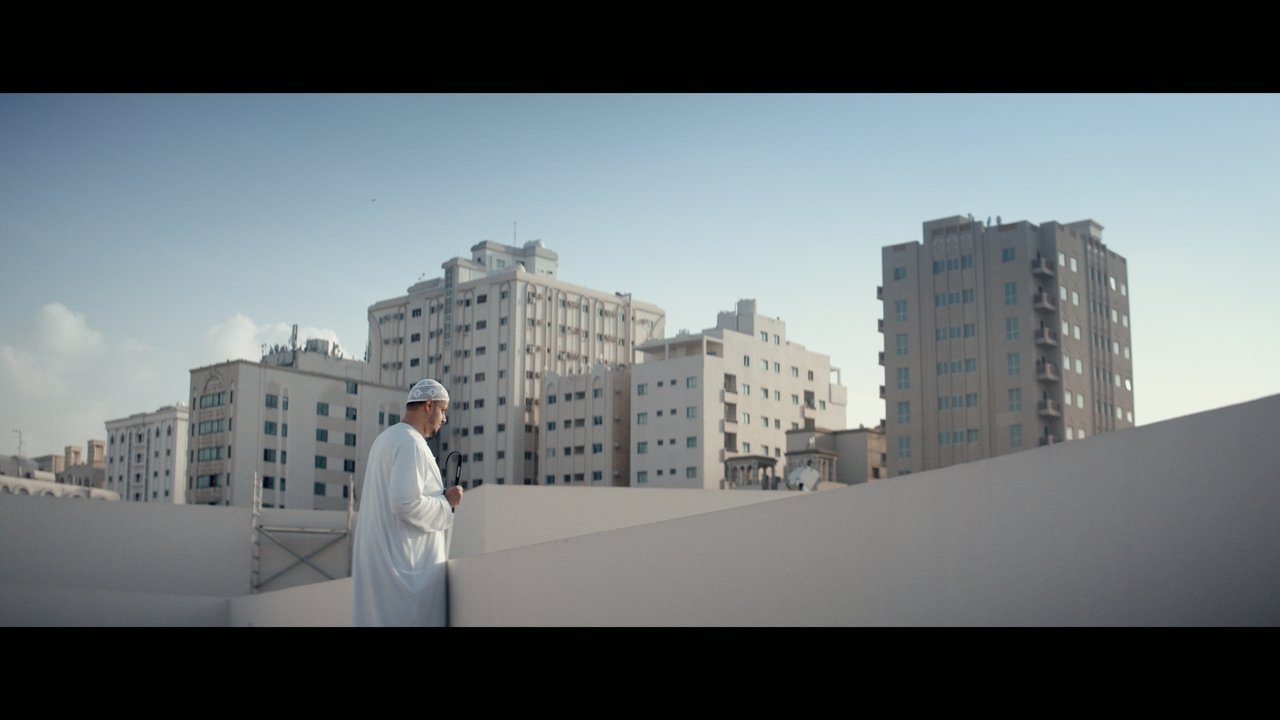
A poetic portrait of a blind father with a bright perspective on life, who is strongly determined to deliver his message to the world.

11 Sep 2006

Six blind Tibetan teenagers climb the Lhakpa-Ri peak of Mount Everest, led by seven-summit blind mountain-climber Erik Weihenmayer.

30 May 2025

The film follows five people who lost their sight in armed conflicts, gathering fragments of their present-day lives. Through an enveloping sound composition, veiled archival material, footage shot by the protagonists themselves, and a sensitive visual approach, the film explores memory, perception, and our relationship to the visible. Steering away from spectacle, it invites us to hear what often goes unheard, and to feel differently. In an age saturated with images, this documentary offers a sensory experience where listening becomes a gesture of resistance and human reconnection.
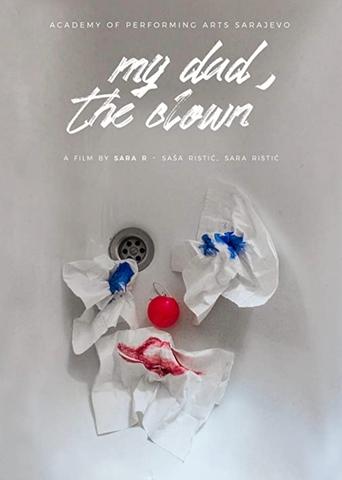
01 Jan 2020

As many parents are, Sara's are divorced. As few parents are, Sara's dad is a professional clown. After a major life event, Sara has the opportunity to finally spend quality time with her dad and meet the person behind the clown.

01 Jul 2024

The peaks, the valleys, and all the moments in between. Being a father is an extraordinary privilege that transforms your perspective on the world. "A Letter from the Fathers" is a touching, captivating, and emotive movie that presents the audience with the fatherhood journeys of four men. Gear up to experience laughter, tears, and reflection as these dads share insights from their parenting adventures. It's a profound, insightful exploration of how fatherhood doesn't just mould the children but also profoundly influences the men themselves.
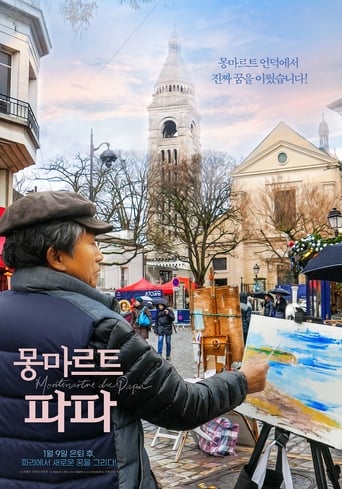
09 Jan 2020

The son can't stop wondering. What is dad going to do after retirement? So he starts filming him. Dad wants to have a shot at becoming a street artist in Montmartre, Paris, a longtime dream of his. To the mother, it sounds like just another absurd dream. Anyhow, 2 years later, the father puts his plan into action and sets off for France. Right until his departure, the mother doesn't know what to make of it. While dad spends one month as a street artist, the son and mother follow him to Paris...
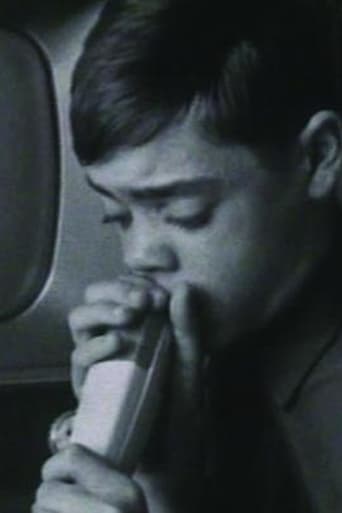
01 Jan 1964

With the use of montage sequences, voiced over with the observations of the children, van der Keuken was able to use artistic expression to portray the sightless children’s unique perspective of the world.
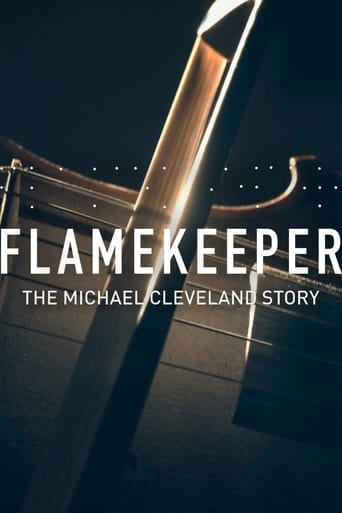
12 Feb 2019

Eleven time Fiddler of the Year and even a Grammy nominee, but that's just part of the story. Though born with disabilities that left him blind and partially deaf, Michael Cleveland is considered by many to be the greatest fiddler of all time.
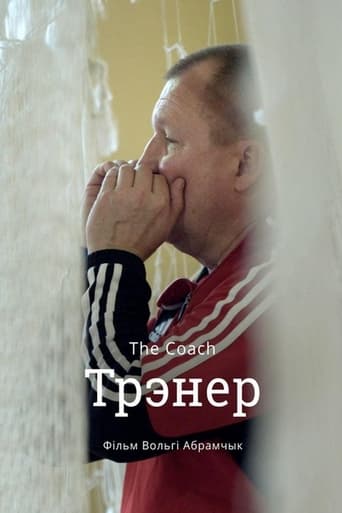
06 Dec 2019

Oleg Kirillov - coach of the intuitive football team. It's hard to believe, but his wards are members of the national football team of the Republic of Belarus among the blind. Each of them appeared on the field for various reasons, but today they face a common task - to maintain their champion status in the national competition. Kirillov himself grew up in a disabled family and knows well how to communicate with his wards. He is not only a mentor, but also a friend of each of the athletes. An important element of the film is work with sound, it completely restored the sound environment that is natural for players, in which they focus on the noise made by the ball and the clear instructions of the coach.
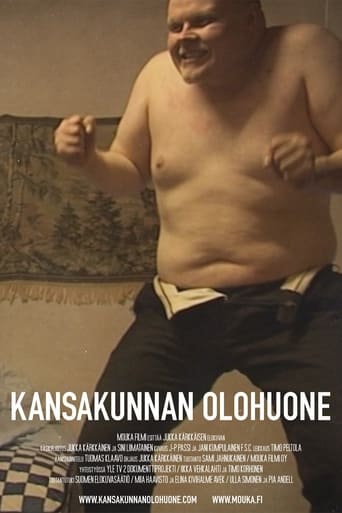
11 Sep 2009

The Living Room of the Nation is a documentary film that portrays a number of Finnish living rooms. The film is a story of changes, the inevitable passing of time, and the human desire to be needed, visible.
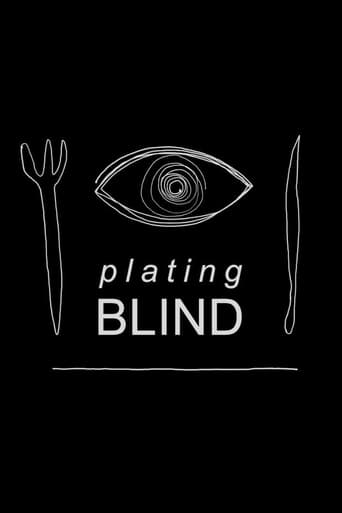
03 Dec 2020

Nathan Quinell is a fully trained chef… he also happens to be legally deaf and blind. That’s never stopped him from chasing his dreams to become a full-time cook, but now Nathan must prove himself to his peers, his students and potential employers.
13 Nov 2022
Documentary about living with an addict and grappling with the genetic propensity of becoming one.
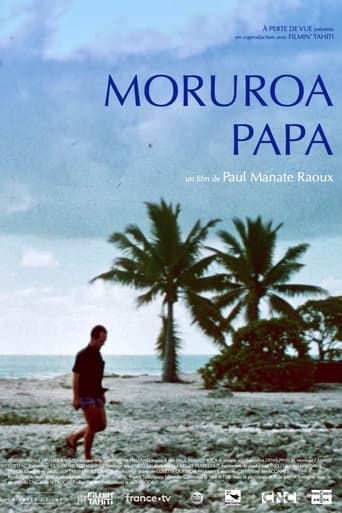
23 Nov 2022

No overview found
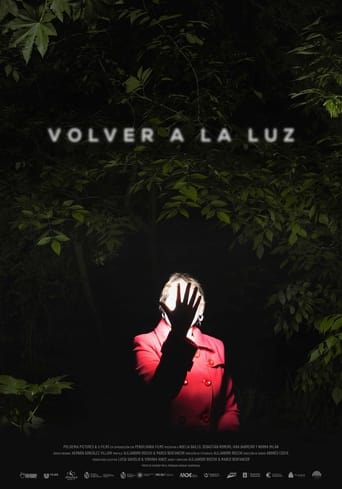
01 Mar 2024

No overview found
19 Oct 2019
No overview found
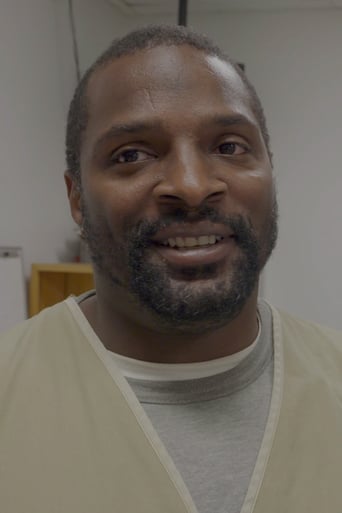
22 Jan 2020

A father exits prison and tries to integrate with his two children and girlfriend while living in a halfway house and on parole.
07 Apr 2014
In the summer of 1983, just days before the birth of his first son, writer and theologian John Hull went blind. In order to make sense of the upheaval in his life, he began keeping a diary on audio cassette.
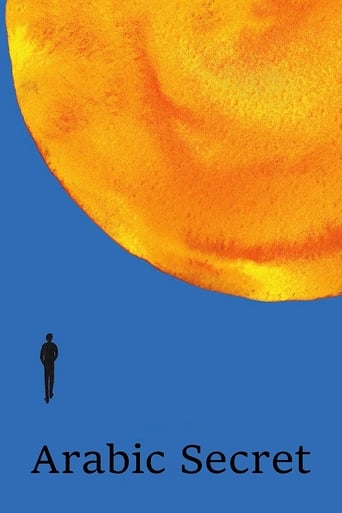
31 May 2017

One who doesn't have roots won't be able to grow wings-a documentary project about a man tracking his origins to the Middle East and establishing a connection with his father, whom he have never met before.

01 Jan 2011

A filmmaker's poetic memories of her father.
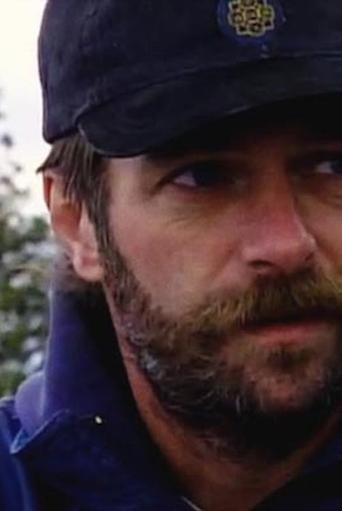
01 Jan 2000

This short documentary is a tribute to the unknown father. Emerging filmmaker Danic Champoux poses the question "How many men still have to uproot themselves and leave their families to get work?" as he sets out to search for his own father. He wonders about these men who are labourers, itinerants, and mostly nameless, but who are all exemplary providers. But at what cost? This film was produced as part of the Libres Courts collection of first-time documentary shorts.
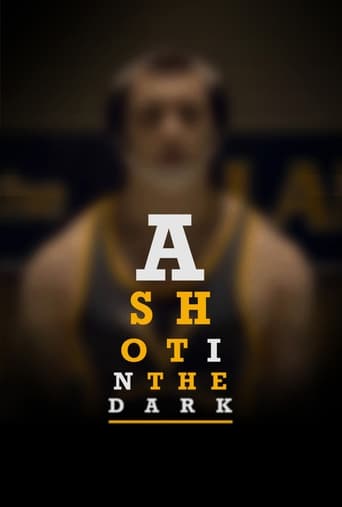
07 Oct 2017

Despite a lifetime of adversity, a blind high school wrestler attempts to win a State Championship before the end of his senior year.